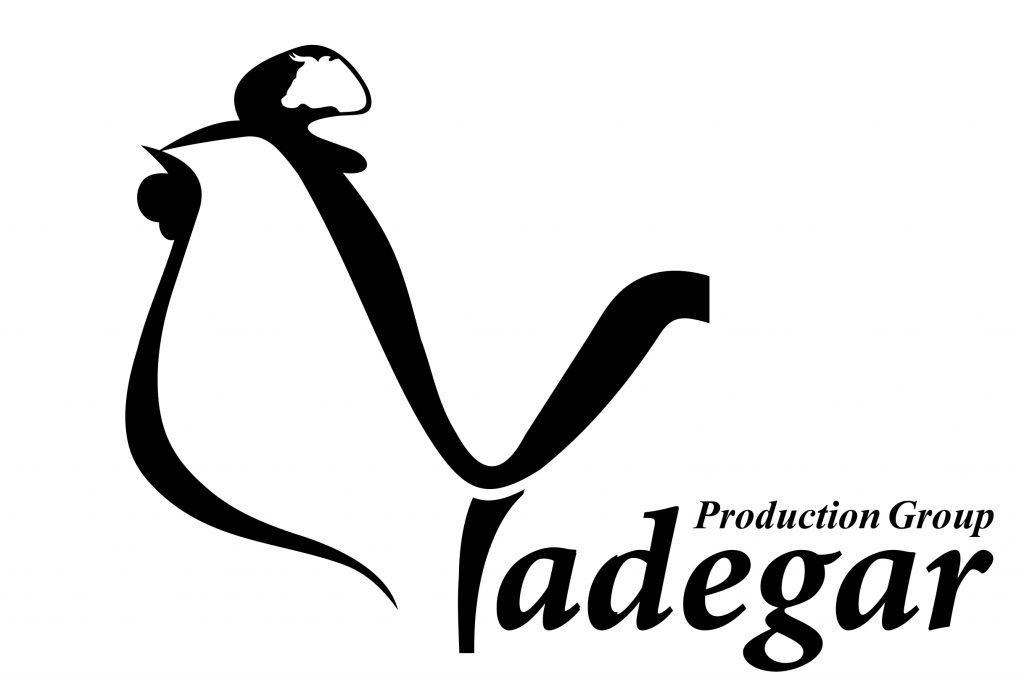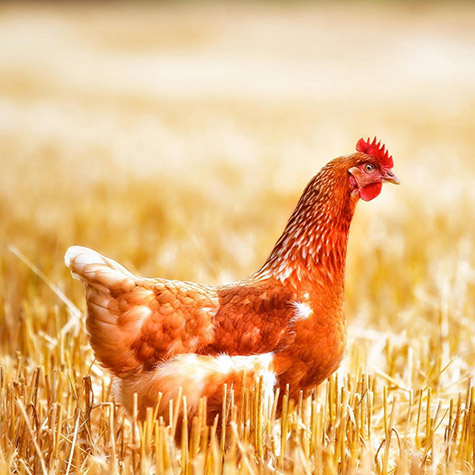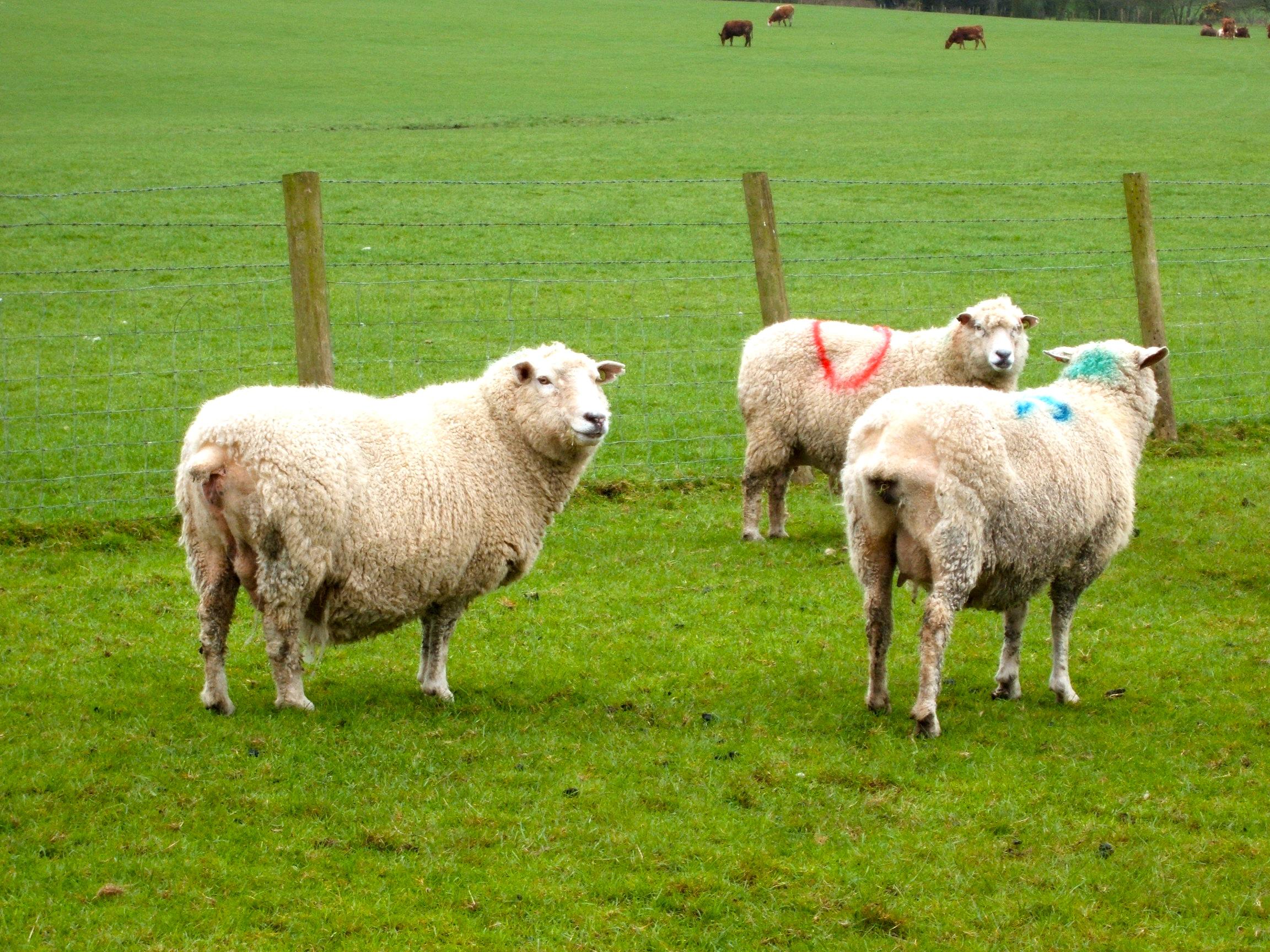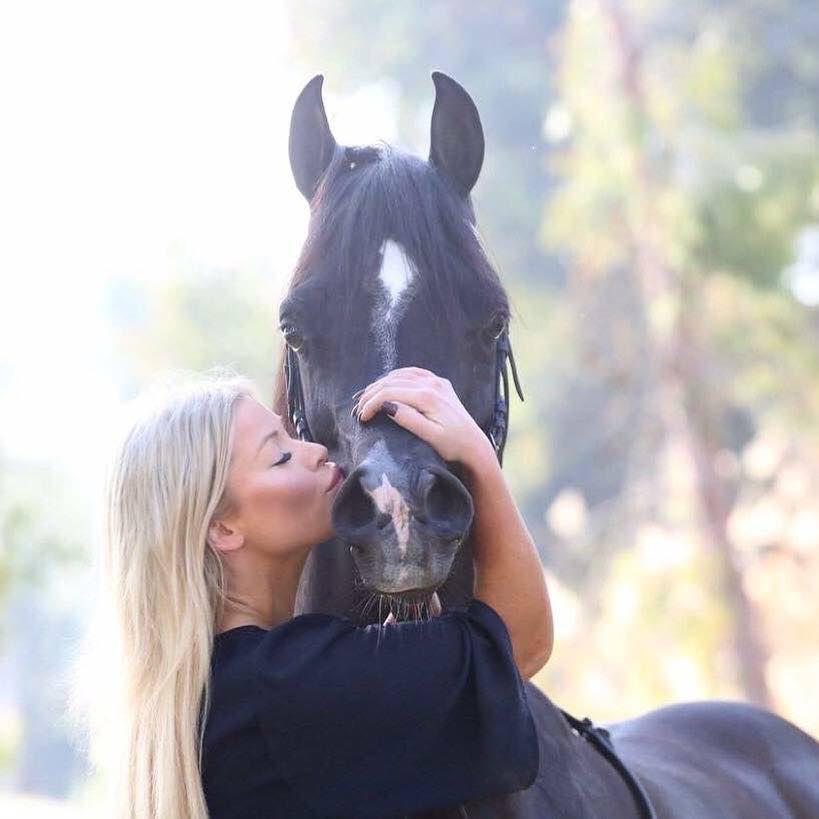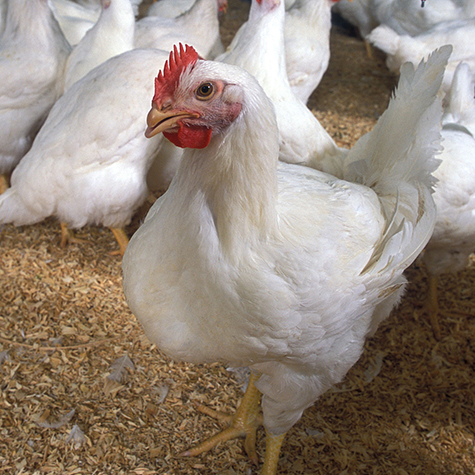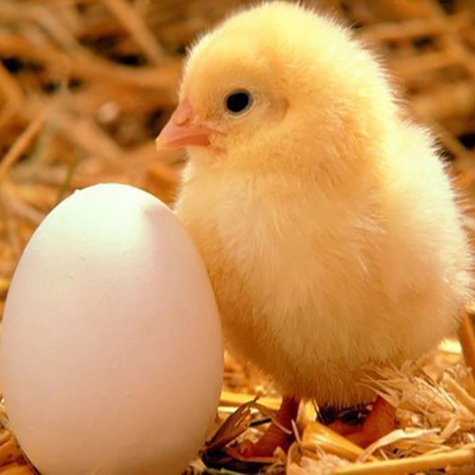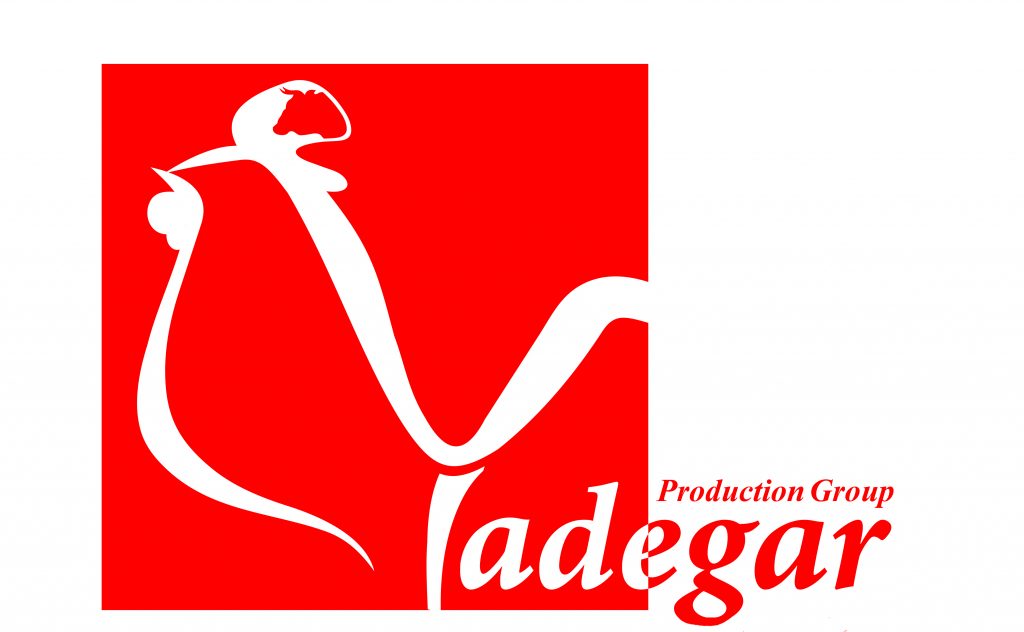Native chicken breeding
Breeding native chicken is one of the important ways to help increase the income of rural households and prevent them from migrating to urban areas, because it requires the least cost and generates the most income for villagers, since this chicken, like chickens The industry does not require a special diet and requires vaccination. Its cultivation does not cost much for the villagers and is almost free. Pars Virtual Education Development Center, based on the importance of income and creating self-sufficiency in the villagers in the agricultural sector, has made the following article available to those interested.
Reasons for the importance of raising and keeping local chickens in villages
Preservation of valuable genetic reserves of local chickens, improvement of nutrition of villagers, creation of employment and improvement of their income.
Reducing part of the country’s need for poultry feed materials such as corn, soy, wheat, barley, etc., which are supplied from abroad.
Resistance of local chicken against adverse biological conditions and diseases.
The possibility of keeping native chickens, with the lowest cost and only by using the remaining table and agricultural waste.
Acceptance of native poultry products as organic products (raised without the use of drugs) among consumers.
The greater advantage of breeding native chickens in the bed than keeping them in cages.
Chicken meat and eggs have a high nutritional value and provide the villagers with animal protein.
It is much easier for the villagers to provide a place for raising chickens than to provide a place for raising other domestic animals.
Anatomy of native chicken
Knowing the structure of the body and being aware of different parts and the position of each part of the poultry body, while informing us about the functions and functions of the parts, can be useful and effective in better understanding the contents, the basics of poultry health and breeding. For this purpose, each organ of the bird’s body should be examined separately for familiarity.
The most important parts of the poultry body are as follows
- digestive system
- The circulatory system
- Respiratory System
- Urinary tract
- Genital
- nervous system
- skeletal system
- Native chicken behavior
Chickens normally live from 5 to 11 years depending on the breed. In a commercial poultry farm, a broiler only lives for six weeks before being slaughtered. Semi-meat and reared chickens are kept in the open environment for up to 14 weeks. Laying hens lay about 300 eggs up to one year, and after that, their ability to lay eggs decreases and they are sent to the slaughterhouse to be used in baby food, pets, and farmed foods. According to the Guinness Book of Records, the world’s oldest hen in age He died at the age of 16 due to a heart problem. Chickens are social and live in flocks. Chickens have a pecking order in which some birds are superior in obtaining food and resting place. Removing chickens and roosters from the herd disrupts this order so that a new hierarchy is established again. Adding new birds, especially young birds, to the flock usually causes conflict and injury. Chickens usually tend to lay eggs in a place where there are already eggs, and the eggs of the surrounding nests are transferred to their place.
Selection of laying breeds
In terms of appearance, the egg-laying hen is lively, strong, active and very voracious. Gradually, as the amount of egg laying increases, body pigments decrease. Egg-laying chickens lay eggs from 4 to 6 months old. In addition, chickens of this breed reach the consumer market earlier. About 18 to 20 local egg-laying chickens can produce at least one egg per day for a family of 6 people.
There are different ways to start keeping and raising chickens
- Use of native laying hens
- Using fertilized eggs for hatching
- Buying suitable native one-day-old chicks from approved center
- Buying 1-2 months old chicks and raising them (this method, although it is a bit more expensive than the
- previous methods, is more reliable and is recommended for the first time).
Ways of breeding native chickens
Breeding native day-old chickens
Day-old chicks should be kept in a warm place for the first few weeks. This place usually includes a heat source and a shelter that provides and maintains the necessary temperature for raising chickens. The source of heat may be electric, gas or oil.
Semi-native breeding
In the case of Nimche breeding, 6 to 8 week old chicks can be purchased from approved centers. It is easier to maintain this type of breeding flock, and compared to raising day-old chickens, you can achieve the desired product (eggs) sooner.
Using fertilized eggs for hatching
Another way of productivity and breeding of native chicken is to obtain native fertile eggs from certified hatchery centers. For this purpose, incubators with different sizes and shapes are available in the market. It is better to consult with the livestock experts of Jihad Agriculture to start the work and before preparing the incubator.
Native chicken feeding
All the needs of native chickens in the villages will be provided as much as possible from the same resources available in the village or region. If there are materials in the area that;
By performing simple processes (such as ensiling, crushing and converting)
or the surplus and waste of factories in the region (such as Bojari and Shalikobi)
Or unfruitful plants can be used to feed native chickens to complete the fertilizer, it will be included in their feed. In general, the main purpose of the diet of local chickens is to use the resources inside the village (without using imported livestock inputs). One of the prominent characteristics of native chickens is to get used to the nutritional conditions in the village. These chickens can provide 30-40% of their food through free grazing and the rest with manual food.
In order for native chickens to have good production, proper nutrition must be done along with meeting nutritional needs. Native chicken feed consists of agricultural waste, excess food of villagers, pasteurized fodder and vegetables, and small organisms such as some worms and insects, which can be improved by adding some nutritional supplements.
Native chicken stand
In places where chickens are reared periodically, the roof, walls and floor of the place should be disinfected after the rearing period ends and they are emptied.
Places where chickens are kept permanently should be disinfected every month to 45 days.
5% lime water (5 kg of lime in 100 liters of water) or disinfectant solutions available in veterinary pharmacies can be used to disinfect the place. When using these solutions, attention should be paid to their preparation and consumption instructions.
A disinfectant should never be used continuously. Disinfectants should be kept out of the reach of children and should not be placed in the path of movement of poultry and livestock.
Oviposition site
The presence of sufficient laying place increases the number and preserves the quality of eggs. Also, it is easier to collect eggs and their contamination and breakage is minimized.
It is necessary to consider a place for hens to lay eggs in one part of the stand. The floor of the laying place should be smooth and in such a way that the eggs can be collected easily.
Observance of health and prevention of diseases
Chicks should not be placed in nests previously occupied by chickens unless the nest is thoroughly cleaned and disinfected.
Drinking bowls for chickens and chickens should be washed and cleaned regularly with a clean cloth and water.
Feeder should be kept clean. Also, the seeds that are mixed with the excrement of chickens and chickens or are moldy should be thrown away.
The entry of sick chickens into the group of healthy chickens should be followed up. Their place of storage should be in a separate place and away from healthy chickens.
The carcasses of dead chickens and chickens should be removed from the nest immediately, then buried in the soil with lime or burned.
Strange or wild birds should be prevented from entering the hens’ nests.
vision
Revival of the traditional method of raising native chicken, considering that native chicken and its products require a small unit for production and do not require technology for maintenance, therefore, it can play an essential role in terms of village self-sufficiency and providing part of the needed protein. On the other hand, its side income can be important in the rural household economy, and to feed them, the simple food resources available in the region and the food residues and crop wastes should be optimally exploited. The production and growth rate of native chickens is not like that of industrial hybrids, but they have a good advantage in terms of egg quality, meat taste, better egg shell, higher carcass percentage, resistance to some diseases and natural conditions.
Native poultry products are more acceptable among consumers as organic products (raised without the use of drugs). Native chicken meat and eggs have high nutritional value and provide the villagers with animal protein. It is much easier for the villagers to provide a place and a place to raise chickens than to provide a place and a place to raise other domestic animals.
